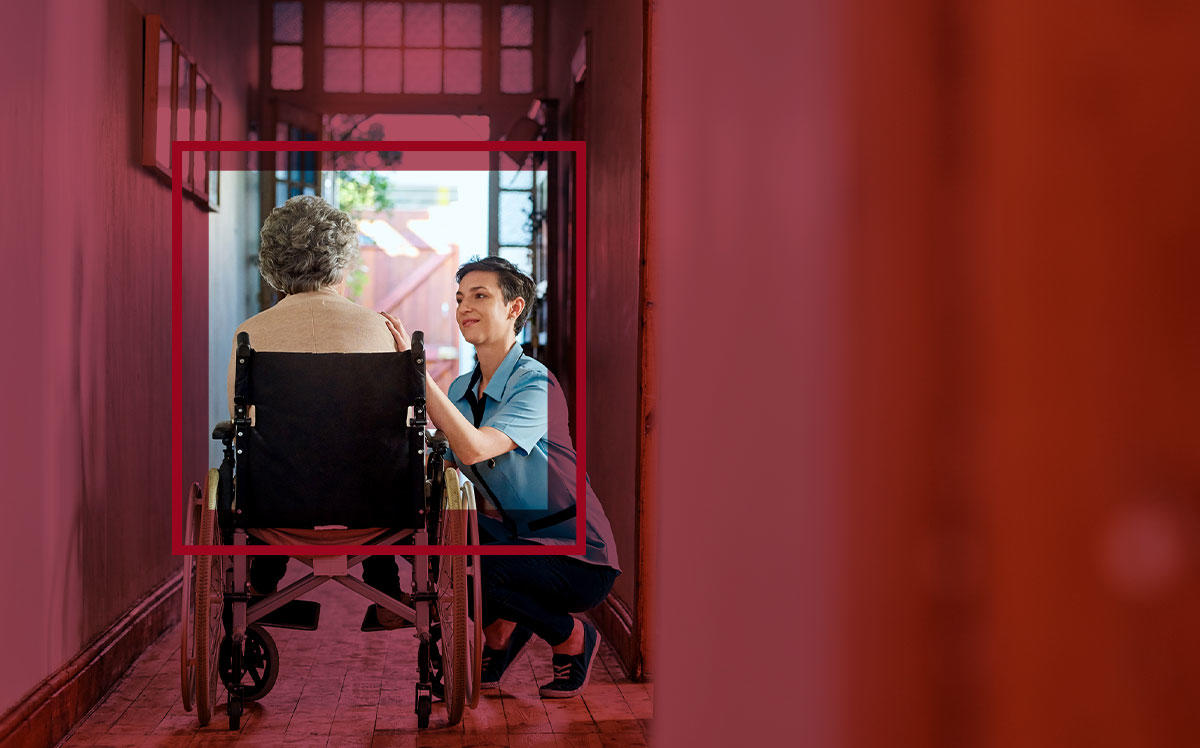Trending
Coronavirus guidance scarce for senior housing
Operators say they have received little advice from the government

Senior housing developments across the nation are bracing for the coronavirus pandemic.
Many seniors rent apartments in developments with others their own age — ordinarily an advantage because it facilitates social interaction. Now, that concentration puts them at serious risk: A World Health Organization study found that those 65 and older are six times more susceptible to infection by the novel coronavirus than people 15 to 44 years old, and the COVID-19 fatality rate has been far greater for the elderly.
In the near term, senior housing managers are hoping the federal government will increase funding for meals as restaurants are shut down, and that city and state agencies will provide additional medical staff for senior housing. But basic guidance on what to do in senior housing from city, state and federal agencies has been scant.
The U.S. Department of Housing and Urban Development has issued guidance for nursing homes, but not for independent senior housing.
The New York State Department of Health has issued rules for nursing homes as well, which include health checks for all staffers at the beginning of each shift, a requirement that all staffers wear masks while within six feet of residents, and a ban on visits that are not medically necessary. But the city’s health department has not clarified if those rules apply to independent senior facilities as well.
Given the lack of guidance, developers of senior housing are applying time-tested strategies used to combat seasonal flu, which also disproportionately affects seniors.
Jeff Levine, CEO of New York-based Douglaston Development, which has more than 1,500 independent and assisted-living units of senior housing in Arizona, Seattle and New York, says his firm is not allowing families to visit relatives, and the staff is implementing heightened cleaning procedures.
“We have received nothing from the federal government,” he said. “We have received state edicts and are waiting for more.”
There have not been any reported cases of coronavirus in senior housing in New York as of March 17, but one provider of supportive housing said “we’re kidding ourselves if we say we won’t have one in a week.”
New York City has 1.1 million residents over 65 — as many as Miami, Los Angeles and Chicago combined. Nearly a fifth of those New Yorkers have incomes below the federal poverty level. Nearly 400,000 seniors in New York City rent, and 60 percent of those are rent-burdened.
When the outbreak hit about a dozen long-term care facilities in Washington state, it caused two dozen deaths in a single nursing home in a Seattle suburb.
Senior housing developers are striving to keep their facilities clean and implementing other measures. Their supply chains have yet to be affected, but that could change.
“We’re obviously — I think everybody is — scrambling with our suppliers to try to get as much disinfectant and that kind of stuff as we possibly can,” said Jeff Fox, executive vice president at Foxy Management, a Bronx-based development company with multiple senior housing projects.
In the long-term, senior housing developers are re-thinking where their construction materials come from, to avoid possible contamination.
But development of senior housing continues apace, according to Levine, who is staying abreast of the situation by keeping in frequent contact with trade associations and construction groups. Douglaston closed on a construction site in Peoria, Arizona, last week.
“We are building as we speak,” Levine said. “So far it appears Arizona has not been hit as heavily as New York.”
“All [senior housing facilities] are trying to follow the guidance as it comes out — but things are evolving so quickly,” said Deborah VanAmerongen, strategic policy advisor at Nixon Peabody, which works with numerous senior housing facilities. “They’re wiping down all surface areas, checking in on their residents, like they do in cold and flu season.”
As the situation becomes more critical, senior housing managers are also trying to ensure the facilities remain staffed — for Levine, that means taking steps to ensure workers have child care.
“For those people who work in our buildings who have lost day care, we are losing some of our working people to that reality,” said Levine. “So what we’ve begun to do is advertise for people who may have lost their job and would be anxious to have some employment during this crazy period. We’ve already begun to have applications.”
Wayne Olson, executive vice president for the senior and affordable housing nonprofit Volunteers of America, said his group has been focusing on bringing services to seniors so they don’t have to leave their homes. However, this tied directly into what he described as one of his biggest fears about the pandemic: isolation.
“If you’re 84 years old, and you don’t have Netflix, and you’re not into binge TV watching, days get pretty long anyway,” he said. “And when you put these restrictions and the reductions of the natural social connections that people have, it can lead to more depression.”




